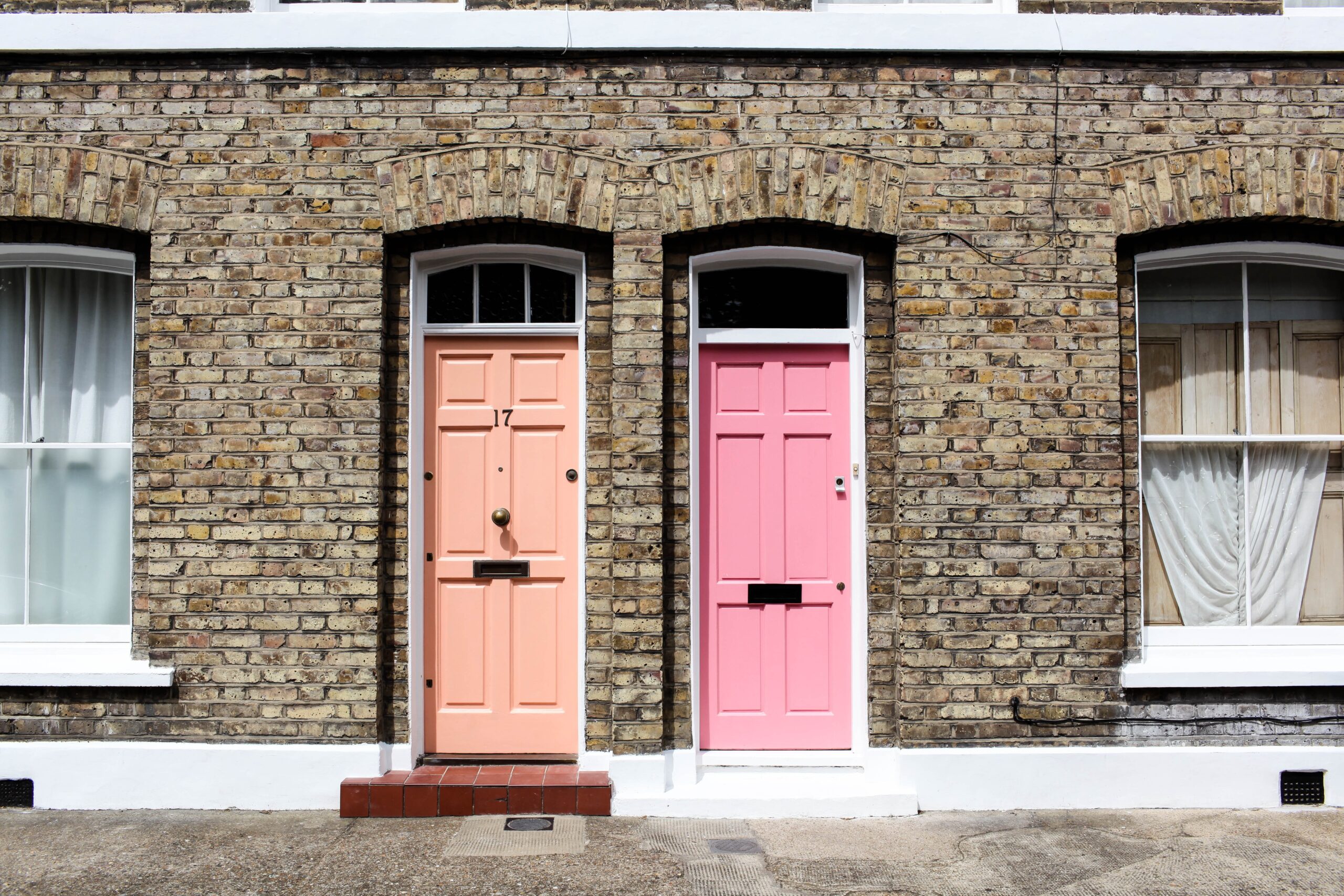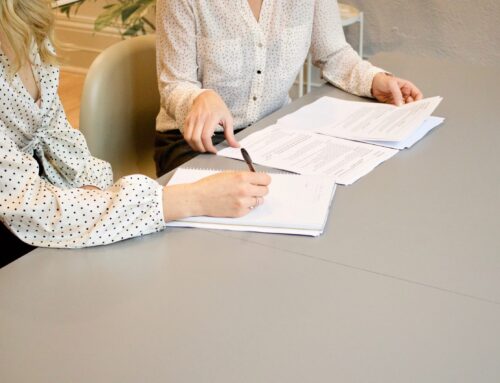If you’ve never bought or sold a property, you might be unaware that Stamp Duty Land Tax (SDLT) even exists. Or perhaps you’ve heard it referred to on the news lately but not given it much thought, as it’s not something that has affected you so far.
We all know that it’s never a pleasant experience to pay taxes of any kind, but, if you are in the process of buying a property, then it’s definitely a good idea to be fully up to date about what it means.
Firstly, we must say that, when getting professional advice on any kind of tax you pay, it’s always important to seek the services of an accountant. However, if you’re looking for some idea of what’s involved in paying SDLT, then, as conveyancers, we can help as it is just one aspect of the work we do on a daily basis.
Here’s an overview about what SDLT is and how things have changed in recent times which might affect your property purchase and the amount you have to pay.
What is Stamp Duty Land Tax (SDLT)?
Stamp duty land tax is a tax paid on house or land purchases by buyers in England and Northern Ireland. It must be paid to H M Revenue and Customs within 14 days of completion of a house purchase and the amount that should be paid is based on the value of the property or land.
In past years, the first £125,000 of a property’s value was tax free. Any amount after that was subject to a certain percentage of tax – the next £250,000 was charged 2% and then 5% on the amount between £250,001 and £925,000.
In his mini-budget recently, the Chancellor of the Exchequer, Kwasi Kwarteng, announced a tax break on stamp duty land tax which was designed to benefit those buying the least expensive properties and first time buyers.
New rules brought in on September 23rd 2022 now mean that the first £250,000 of a residential property’s value will be exempt from tax. After this, buyers will pay 5% of the value of the home on anything above this amount, up to £925,000.
For more expensive properties, the amount between £925,001 and £1.5m will continue to be taxed at 10%, and any property worth more than that is charged rates of 12%.
The recent changes have made it easier for people on a lower income to buy a property and it also helps first-time buyers who will only have to pay stamp duty on a purchase price over £425,000.
This is a rise of £125,000 from the £300,000 tax-free limit that was in place before for anyone buying property for the first time and first-time buyer relief is only applicable to homes worth up to £625,000.
Anyone buying a property as a buy to let or investment could find themselves subject to the higher rate of SDLT if they already own a main residence. There is also a different rate of SDLT applied for buyers that have been outside of the UK for more than 183 days in a 365 day period.
Stamp duty relief and exemptions
You may be eligible for Stamp Duty Land Tax relief if you’re buying your first home, have multiple dwellings, are buying a house for an employee, are part of a right to buy scheme or purchasing the property for charitable purposes, for example.
Reasons why you might be exempt from paying SDLT might include situations where no money has changed hands, property is left to you in a will, or property is transferred because of divorce or a Court Order.
Other examples SDLT relief and exemptions are available on the UK Government website. A tax return is required for any purchases of property or land over £40,000 regardless of whether any tax is due.
There are also certain ways to get a stamp duty refund – for example, if you sell or give away your previous main home within three years of buying your new home. In these circumstances you might be able to apply for a refund of the higher SDLT rate that was applied at the point of purchase. There is also relief available for those caught by the rate applied to ‘foreign’ buyers once they have resided in the UK for a period of 183 days in a 365 day period.
The whole conveyancing process made easy
Our experienced and well-established team of property lawyers provide a flexible and friendly conveyancing service for people who are buying and selling properties across West Sussex, with offices in Bognor Regis and Steyning.
If you’re looking to sell or buy a property, or need a spot of advice on what’s involved, get in touch today for more details.







